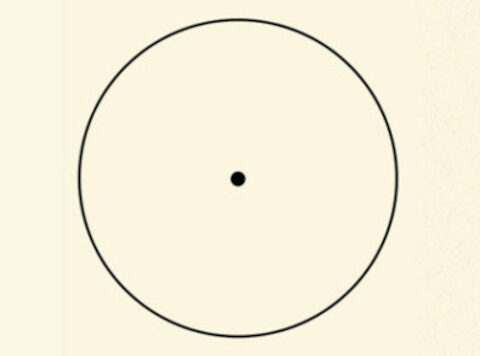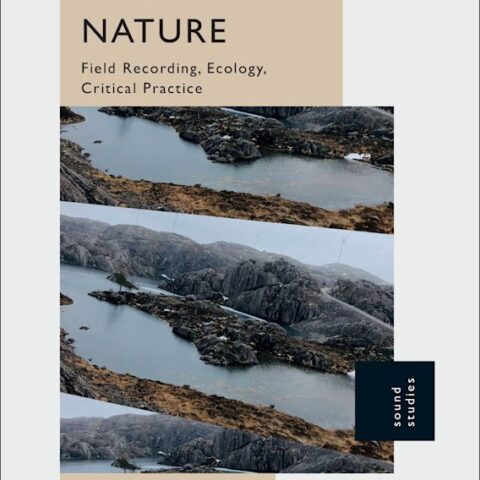
Reaching the quietest square inch of land in the U.S. is literally a walk in the park. Well, a rainforest, to be precise. To find it, you hike along the Hoh River in the heart of Olympic National Park, past bigleaf maples carpeted in spike-mosses and around epiphytic ferns sprouting out of the saturated Northwest soil. Eventually you pass through the split trunk of a Sitka spruce to enter an even muddier, mossier, more verdant nook of the forest. Look to your left and you may notice a tiny red pebble resting on a mossy nurse log, marking 47°51’57.5″N, 123°52’13.3″W. That’s America’s quietest wild place.
The quietest inch isn’t a sound vacuum. It represents a place with a minimum of human-made noise. The discipline of acoustic ecology, which is dedicated to understanding the natural sounds that come through loud and clear when we’re not around, outlines an important distinction between sound and noise. The blip of water droplets from a forest canopy? Sound. The tinny din of Taylor Swift through smartphone speakers? Noise. For example, the inch, as it’s often called, is exposed to flute-like bugling from Roosevelt elk, the Morse-code chirp of the American Dipper, and assertive hooting from the endangered Northern Spotted Owl. The steady rush of the Hoh River rounding the shoulder of Mount Olympus whooshes nearby, and summer snowmelt punctuates the setting with staccato droplets. In spite of the natural sound, dense forest engulfs the inch in a hush that is, at times, below 20 decibels—quieter than most recording studios.
The red pebble was put in place in 2005 by Gordon Hempton, a 62-year-old Emmy Award-winning acoustic ecologist in Washington State who has been recording natural soundscapes for more than 35 years. He switched from merely studying sound to actively protect quietude ten years ago, when he spontaneously lost his ability to hear. The lull in his ears arrived out of nowhere and he’s still unsure of the cause, though doctors suggested it could have come from an infection or immune system issue. “It sounded like the whole world was an AM radio station as heard from a garden hose,” Hempton says. “Besides being immediately out of work, I was cut off from the world I loved. I was depressed.”
Hempton’s hearing began to return 18 months later—again out of nowhere—and shortly thereafter, he made it his personal mission to visit natural spaces in all 48 continental states in search of the quietest place he could find. Though he didn’t measure decibles in every square inch of the country, he experienced enough of them to know true quiet when he heard it. He marked his choice with that red pebble, three miles into Olympic National Park, and named the spot One Square Inch of Silence (OSI). It’s the rare place in America that is absent of human-made noise for up to 20 minutes at a time. OSI represents an independent research project meant to demonstrate how one spot of silence can positively impact its surroundings the same way that constant loud noise can alter nature’s normal soundscape and disturb wildlife. Quietude is a valuable natural resource, Hempton argues.




